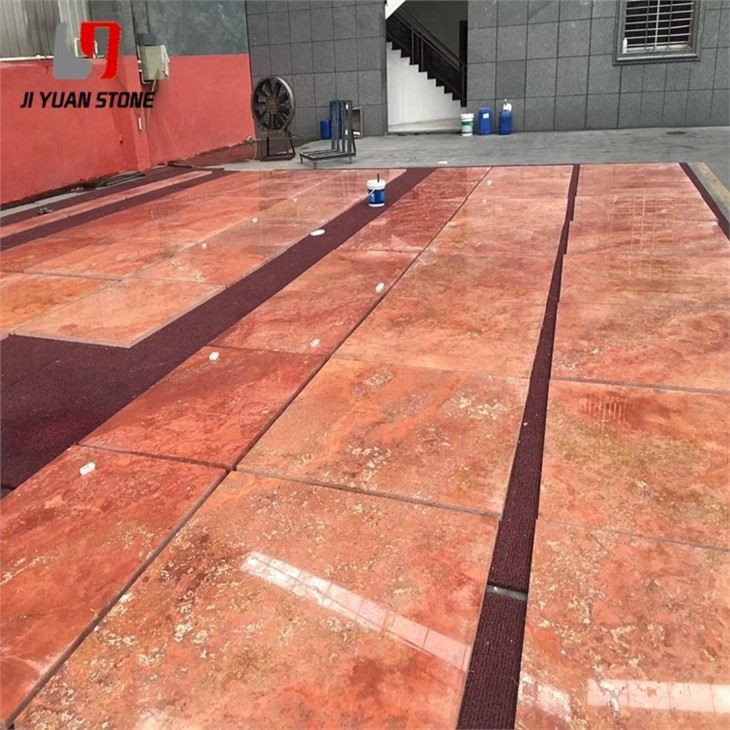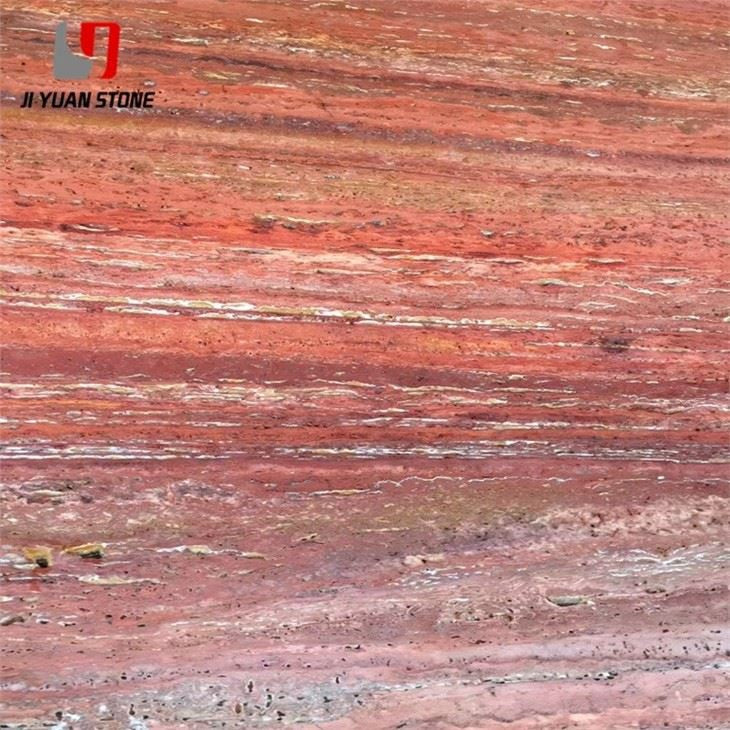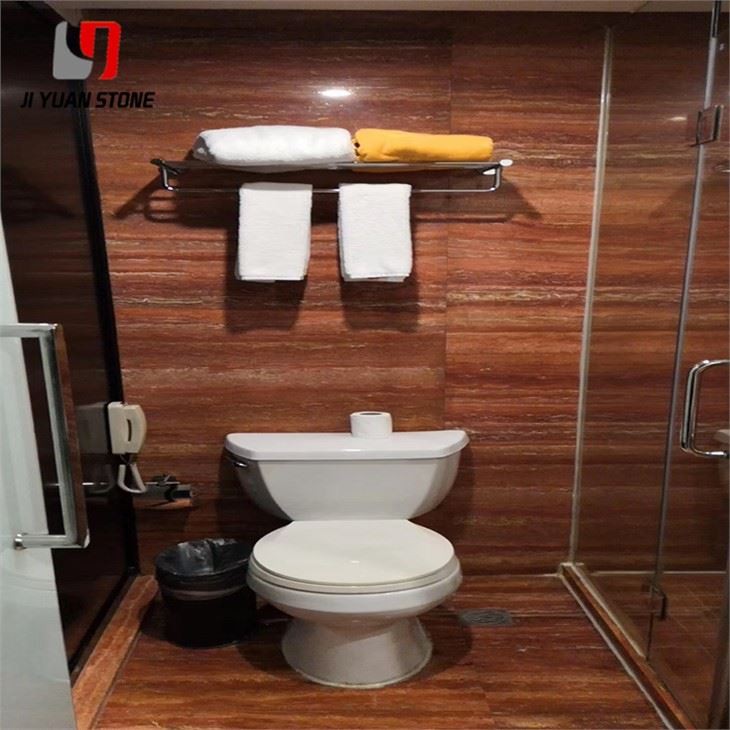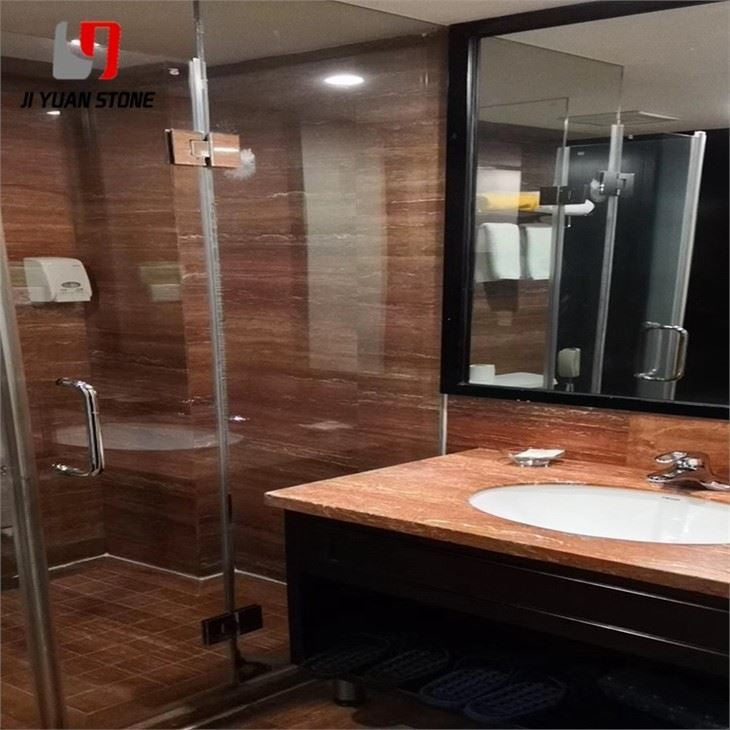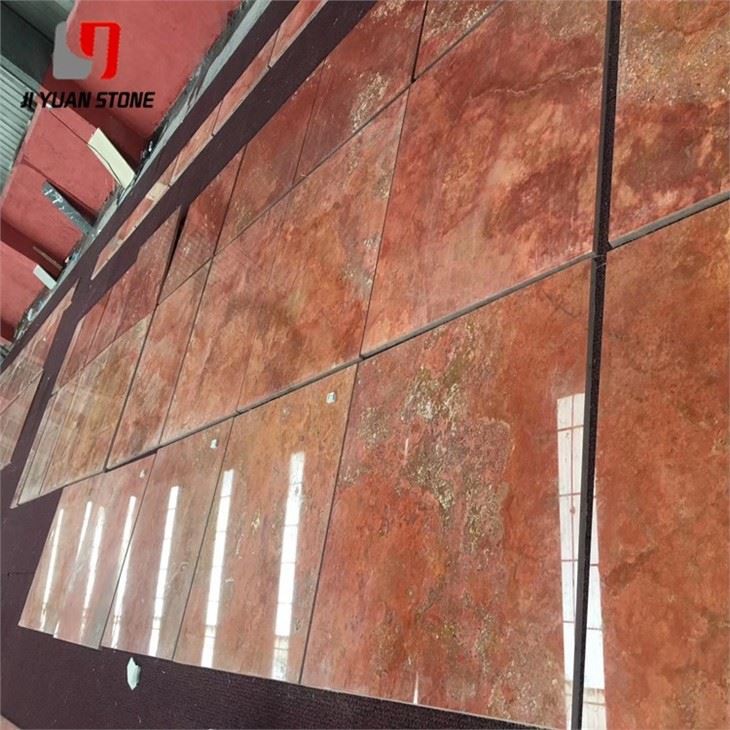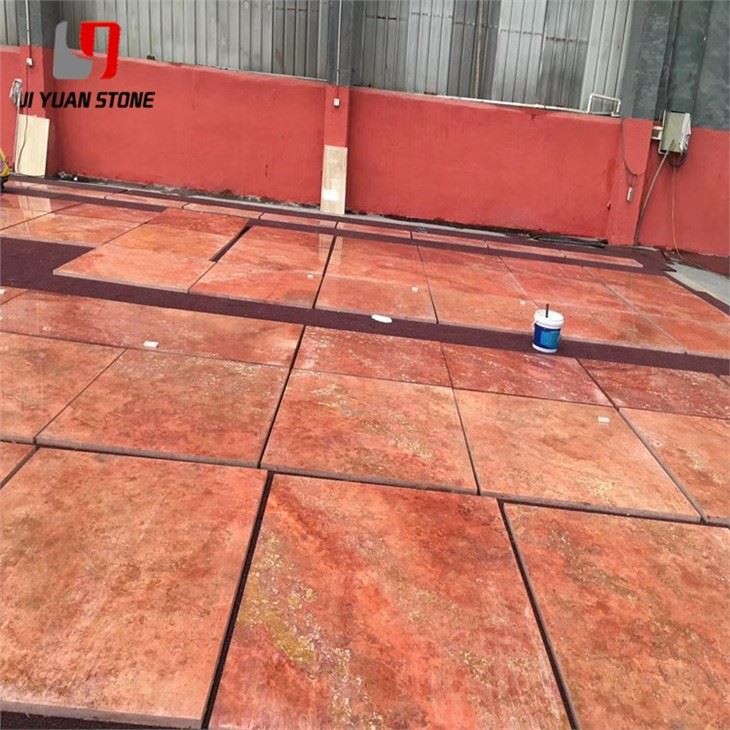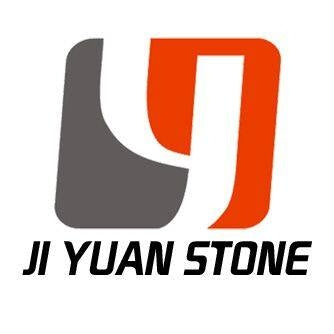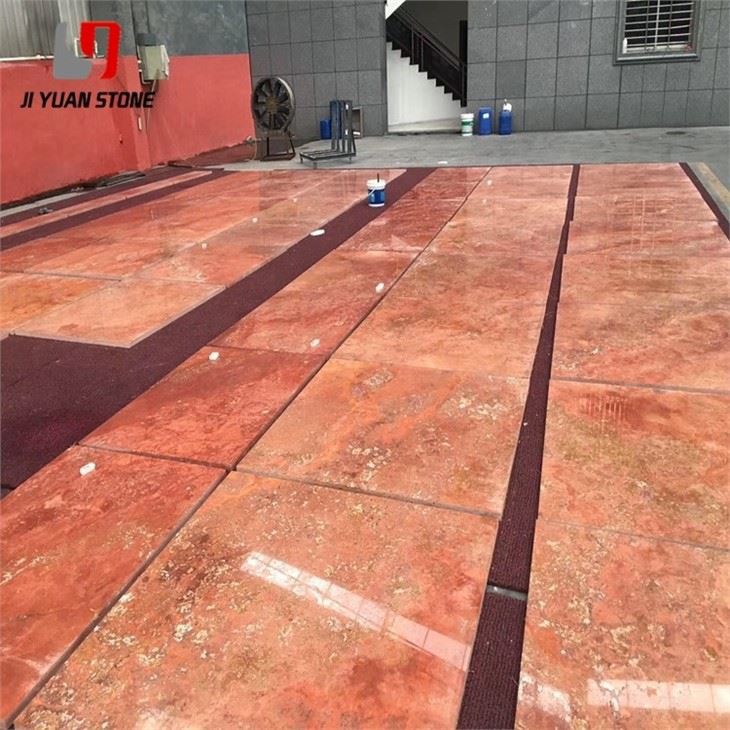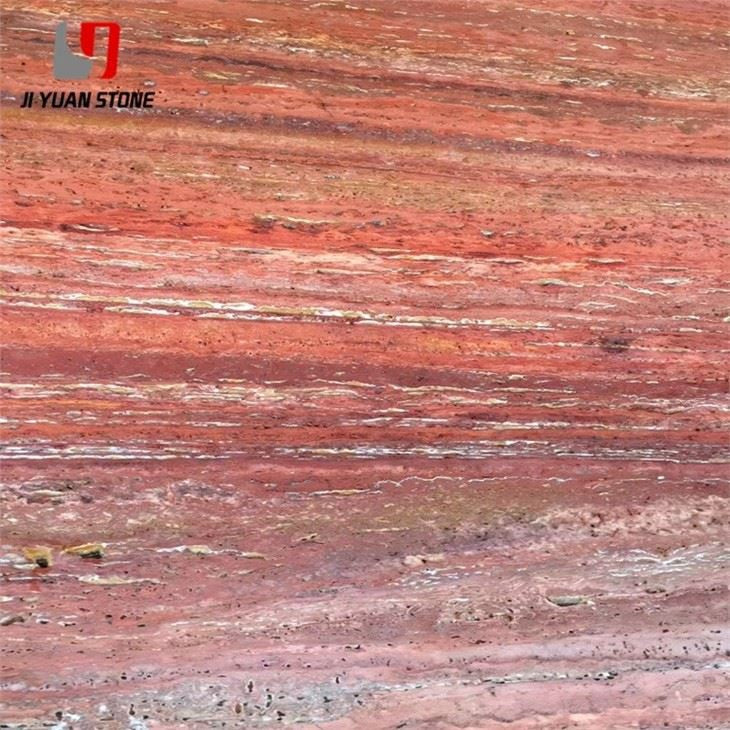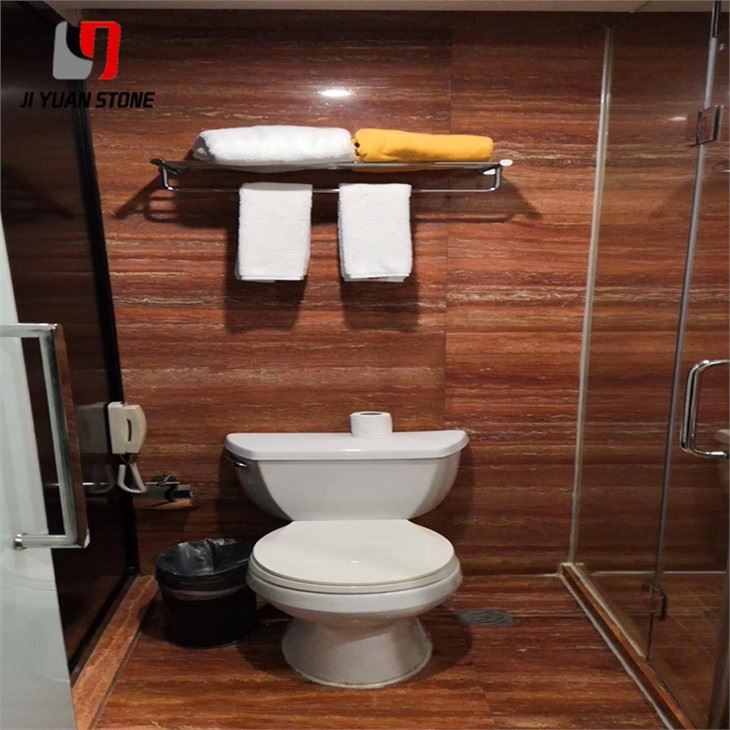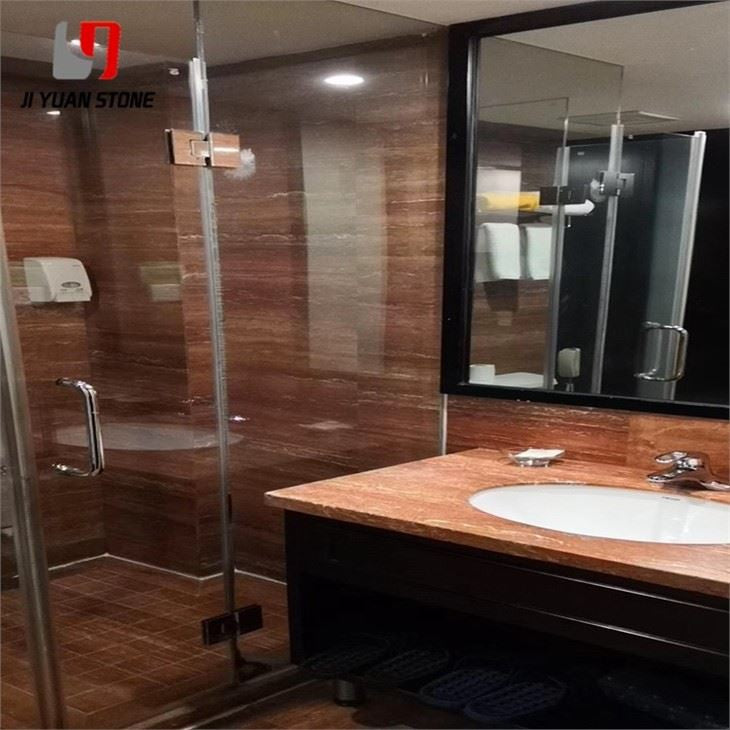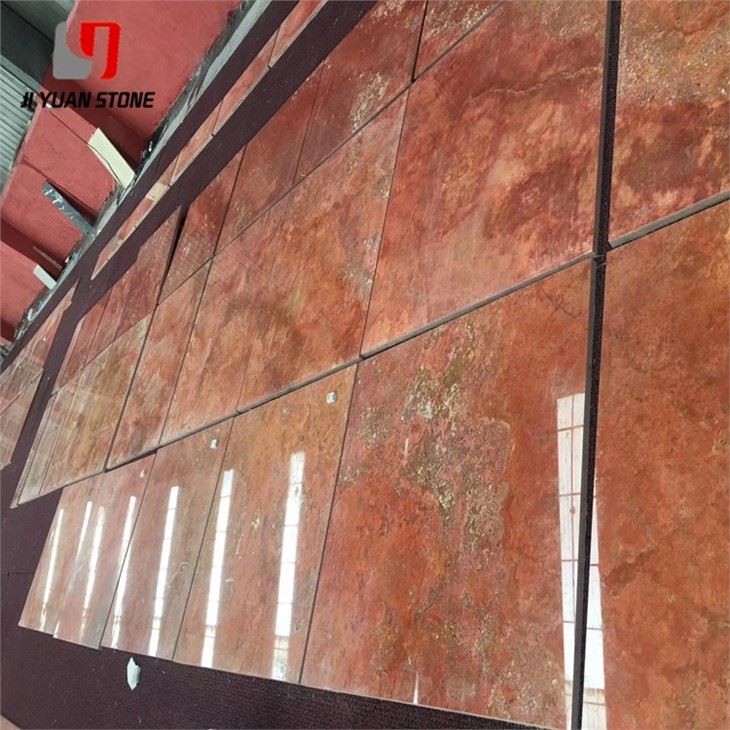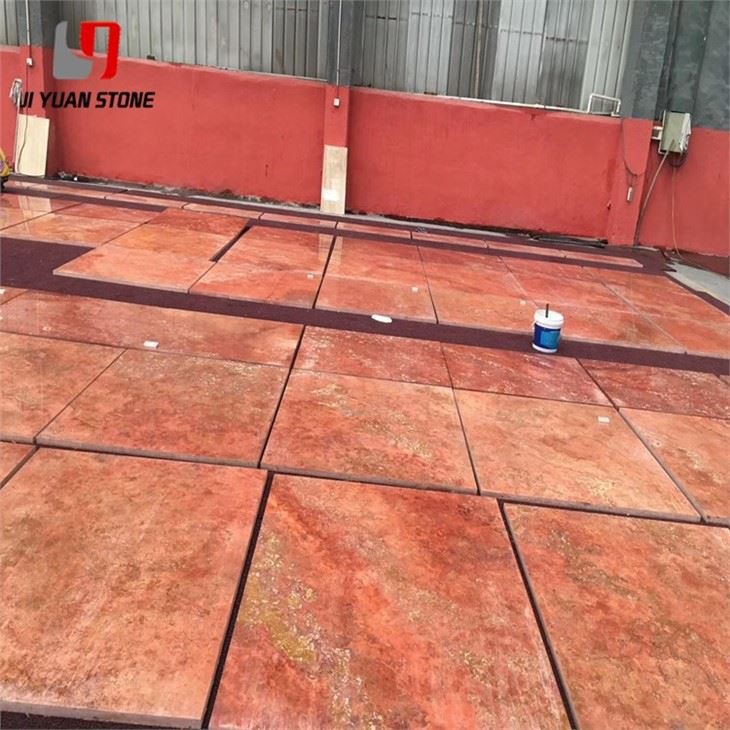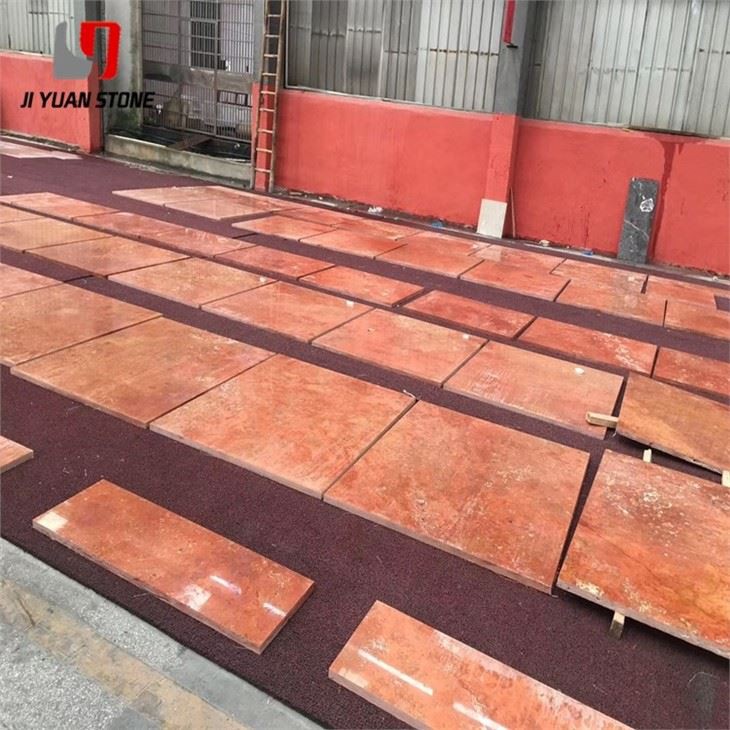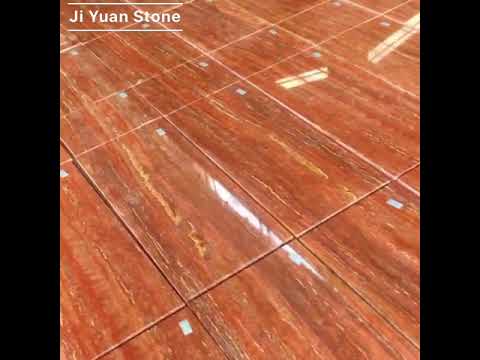Red Travertine Stone
Red Travertine Stone
Red Travertine Stone: Vivid Color, Structural Reliability & Testing Requirements
Red Travertine Stone is a versatile and durable natural stone, perfect for a variety of indoor and outdoor projects. With its warm and rich red tones, it adds a touch of elegance to any space. Made from natural limestone, it is eco-friendly and sustainable. Enhance your home or commercial space with the unique beauty of Red Travertine Stone.
Red travertine stone is a visually striking natural stone known for its deep, earthy red tones and textured finish. Commonly used in both interior and exterior applications, this stone adds character and warmth to architectural projects while providing structural versatility.
However, because red travertine can vary in quality depending on its origin, standardized material testing is essential to ensure it meets the strength and durability standards required for safe and long-lasting use—especially in demanding environments.
Key Benefits of Red Travertine Stone
- Naturally rich in color with deep red, maroon, and rust hues
- Ideal for wall cladding, flooring, countertops, and decorative panels
- Can be used for both classic and modern architectural designs
- Easily cut, carved, and polished into custom shapes and finishes
- Adds aesthetic and textural contrast to indoor and outdoor spaces
Test Requirements for Red Travertine Stone Applications
Due to the variation in quality across different quarries and regions, red travertine stone must undergo several essential tests before being deemed fit for large-scale use or architectural panel production:
1. Flexural Strength Test
- Dry Flexural Test: Determines the base strength of the stone under normal conditions.
- Saturated Flexural Test: Measures the stone’s structural behavior after water absorption.
- Note: Testing should be conducted using pure stone samples without any reinforcing materials or composites to reflect accurate physical properties.
2. Water Absorption Test
- Both raw (untreated) and waterproof-treated specimens must be evaluated.
- The water absorption rate after waterproof treatment should not exceed 1%, ensuring suitability for humid or wet environments.
- This helps determine whether the stone can resist moisture over time without degradation.
3. Freeze-Thaw Coefficient Test
- This test measures the retained flexural strength of the stone after undergoing freeze-thaw cycles.
- A crucial indicator for regions experiencing negative temperatures or frost conditions, as it helps assess whether the stone is structurally safe for external applications like curtain walls or façades.
- Only stones that pass this test are considered viable for cold-weather architectural use.
Conclusion
Red travertine stone combines aesthetic elegance with practical versatility, but ensuring its durability through key performance tests is vital before use in building projects. Only after meeting the requirements of flexural strength, water absorption, and freeze-thaw resistance can red travertine be processed into panel slabs and confidently applied to curtain walls, facades, and structural claddings.
Share
